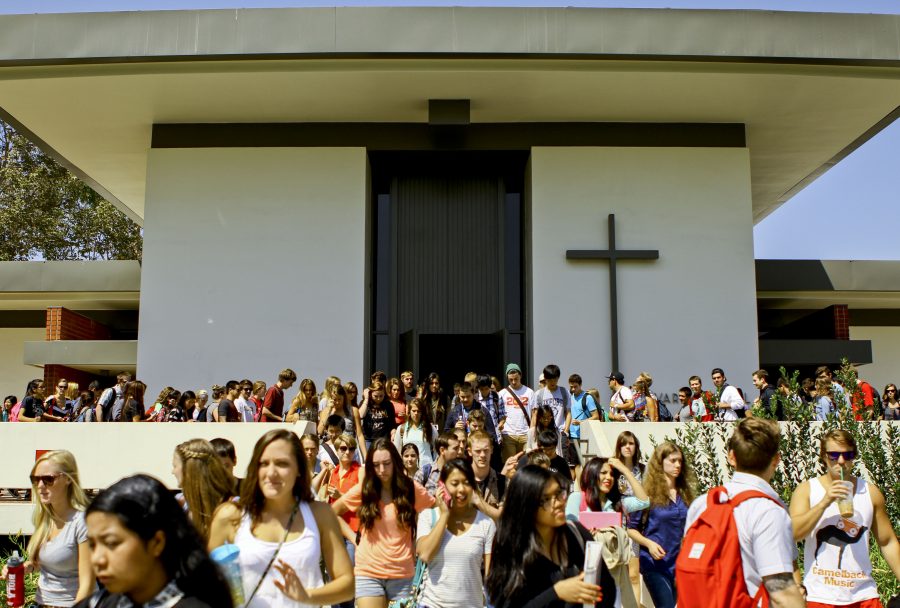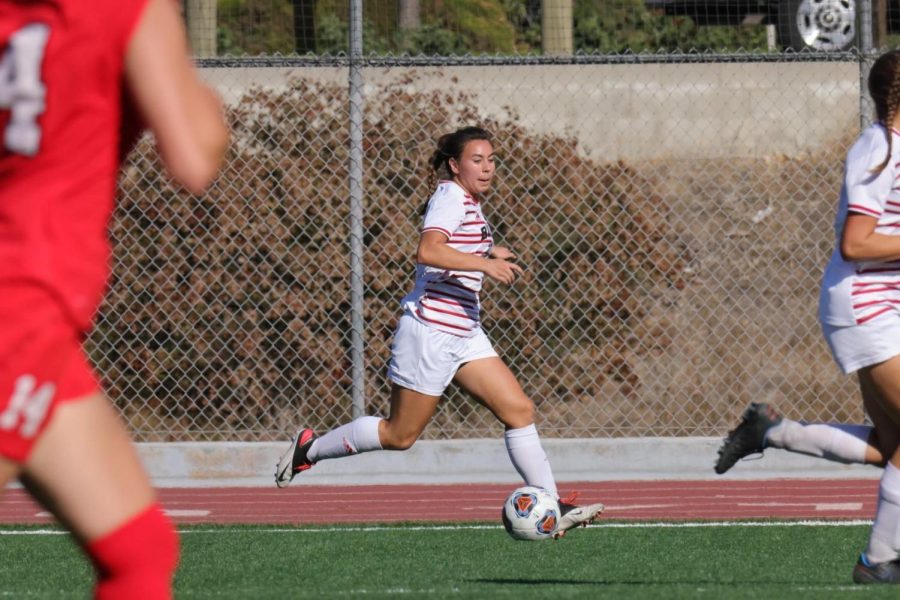For Biola students, Easter break represents a relaxing break from schoolwork before the end of the semester, as well as a time to celebrate the resurrection with family and friends. This season comes with many orthodox traditions that various Biola students observe in the time of Lent leading up to Holy Week and concluding with Easter Sunday. Two Biolans who observe the holiday more traditionally share their perspectives on Lent and Holy Week.
Senior psychology major Gary Harper does not consider his Easter traditions necessarily orthodox, but said his church, Templeton Presbyterian, celebrates Easter in a more traditional way.
“What I would see as orthodox maybe wouldn’t be what somebody else would see as orthodox. I would say that my church back home is pretty orthodox. They’re very much traditional in that they sing a lot of hymns. On any other Sunday they would do more contemporary songs, but when it comes to Easter, they do a lot more traditional with hymns — the entire feel of the service is more traditional,” Harper said.
This traditional atmosphere can also be seen in the decorations and traditions of the Easter service at his church, which vary from the weekly Sunday service. For the celebration of the resurrection, Harper’s church brings a celebratory feel to the services with spring decorations and traditional music.
“Especially when it comes to Easter, they go all out — there’s lilies, there’s tulips, there’s everything spring when it comes to flower bouquets planted all around the sanctuary. They bring in a quartet to play brass instruments on trombones and trumpets while the choir sings most of the hymns, and everybody participates together,” Harper said.
His church participates in activities together leading up to Easter, including a play of the Last Supper.
“It’s very much a day of celebration. The church as a whole gets together and celebrates leading up to Easter Sunday, they do passion week together, so Palm Sunday and then Maundy Thursday, they put on a play of the Last Supper, and after that is over, we all go into the next room to just fellowship together, sort of potluck style,” Harper said.
Harper looks forward to the music the brass quartet plays during the Easter service, since it sets the tone for the celebration of Jesus’ resurrection.
“It’s setting the tone for a celebration, the brass quartet comes in very loud and celebratory,” Harper said.
The resurrection of Jesus is the most special part of Easter and the reason he loves to celebrate it, Harper said.
“The fact that he rose means even death could not hold him back, death was defeated, so that’s the point of Easter that I find the most important. The point is that Jesus died and was resurrected — and lives. So because of that, we have a reason to celebrate,” Harper said.
Senior history major Marjorie Fisher also celebrates Easter in an orthodox manner. Fisher started attending Anglican Church of the Epiphany in La Mirada last year, and said Easter is observed differently in a high church than many other churches.
“It’s quite a bit different how Easter and the whole Holy Week is observed,” Fisher said.
In her church, the tradition starts with Lent for forty days before Easter, a time of preparing heart, mind and soul for Easter and Holy Week, which starts on Palm Sunday.
“The way my church does it and most Anglican churches, probably Catholic and orthodox do, is we start with a procession outside. We have palm fronds and many of them are folded into a palm cross, so a cross made out of palm fronds, and we process around the church building saying Hosanna,” Fisher said.
As the procession starts, the choir sings “All Glory, Honor and Power,” a traditional hymn. They then transition into reading the story of Christ’s betrayal, death and crucifixion. Each member of the church has the opportunity to participate in the story, since it is read by people representing the different characters and the church congregation is the crowd. Fisher said that although this tradition is interesting, it makes for an intense experience as a member of the crowd.
“It’s very intense — you begin that day saying Hosanna. By the end of that service, you’re saying ‘crucify him.’ So it’s very jarring — I also am part of the crowd that’s saying to crucify him,” Fisher said.
Maundy Thursday is the next main service, which celebrates Christ’s last supper with his apostles and the washing of their feet. The evening ends with the betrayal and arrest of Christ, and church members leave the service in complete darkness.
Good Friday is the next main event. Fisher’s church holds their good Friday service at noon during the traditional hour for the crucifixion, which is the part of the Easter story read during the service, and music does not play during the service.
Fisher described that the Easter vigil, the longest of the church services, begins Saturday after sundown. The entire story of salvation is covered during this service, where the lights are turned off and the church is candlelit. The lights come on before the reading of the resurrection story, and church members ring bells. The church also sings “Gloria,” a hymn not sung during Lent.
Fisher said Holy Week is her favorite part of the Easter traditions she celebrates, since it provides a reminder of the significance of Easter and Christ’s sacrifice.
“I loved Holy Week last year because you are walking through the week with Christ by what you read on that day, what you’re reading on your own during the week. For the scripture passages that you read on your own at home, you are walking — just how somber the two church services preceding Easter are really hit home at just how great Christ’s sacrifice was on the cross and just how it affected those that were dear to him,” Fisher said.







